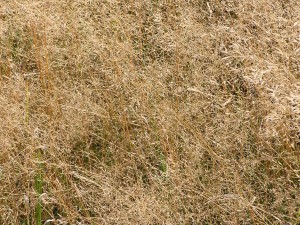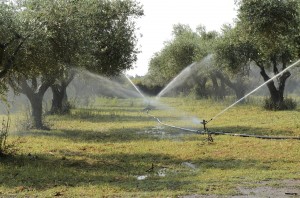
If you live in an area that doesn’t get a ton of consistent rain fall you may wonder if there are any grass species available suitable for your drought-prone yard. Good news! There are more than enough options to keep you lawn green and growing in even the most parched of summers…
St. Augustine Grass:
There are actually many varieties of St. Augustine grass but Floratam is the best loved drought-tolerant variety. Beware: despite it’s Sunshine State moniker, St. Augustine grass generally prefers at least dappled shade to keep cool, if not watered.
Buffalo Grass
You may never have heard of Buffalo Grass but it’s extremely popular in the Midwest. The species can handle full sun and not too much water but it’s only marginally good at dealing with heavy traffic so may not be an ideal choice for family yards.
Zoysia Grass
Zoysia grass is perhaps the most hearty of all the grasses on the list. Not only does it not care how much sun or shade it gets, it stands up to traffic well too. There are dozens of different varieties and all produce a uniform, lush carpet of grass.
Bermuda Grass
Popular in the south, particularly in Florida, Bermuda grass is tough but rough on the skin. It handles traffic well but needs lots of mowing so it’s not exactly a “low maintenance” species. Bermuda grows well in full sun, however, and can withstand weeks of low to now water before browning and/or dying off.
Fescue Grass
One of the most popular grass types in the US, fescues are strong and resilient. After a long drought they’ll drink up massive amounts of water but they do very well in northern climates where deep frosts can set in.
If you’re having trouble deciding what type of grass works best in your area, contact a local lawn care professional immediately. Fall is a great time to seed or sod and it’s approaching quickly.
Just because your yard doesn’t get a lot of regular rainfall doesn’t mean you have to give up your dream of a lush, green lawn. No matter how much sun, shade, water, or fertilizer you’re prepared to give your yard, there’s a variety available to suit your needs.
